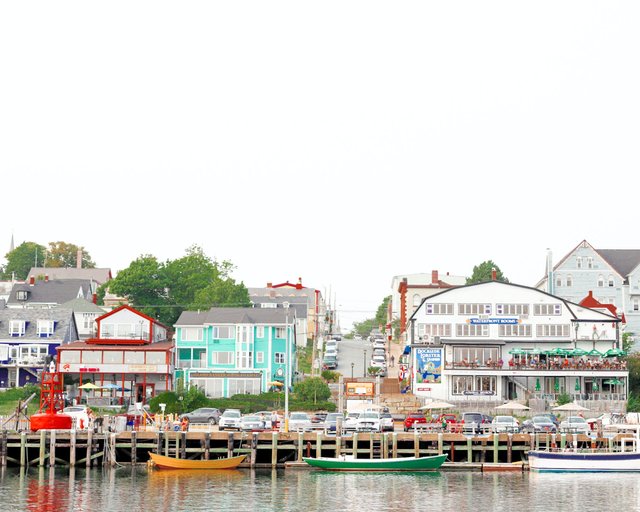
People in Nova Scotia take great satisfaction in the fact that their province is widely regarded as the friendliest location across the all of Canada. There are a variety of tiny fishing communities and coastal towns located along the coast of Nova Scotia, most notably Halifax, which is the largest city in the province. The Skyline Trail is without a doubt the hike in Cape Breton that brings in the greatest number of tourists each year. The Shubenacadie River in Nova Scotia, Canada, is known for having some of the highest tides that can be found anywhere in the globe. The Cabot Trail, which can be found on Cape Breton Island, is regarded as one of the maritime drives that offer some of the most stunning views in all of North America.
There are twelve different types of whales that may be found swimming in the waters close to Nova Scotia between the months of summer and fall. The exhibits of the Nautical Museum of the Atlantic, which reflect the maritime history of Nova Scotia, encompass a variety of topics, some of which are boatbuilding, World War II convoys, the Titanic, and the Halifax Explosion. At the Prince Edward Island attraction known as the Highland Village Museum and Gaelic culture experience, you have the opportunity to take a break from the hectic pace of modern life. Halifax is consistently ranked as one of the most dynamic and colourful cities across the entirety of Canada. There is a schooner called the Bluenose II that is a replica of the original boat, and it is possible to find it tied at the harbour.
In Kejimkujik National Park, tourists get a true taste of the natural environment of the Maritimes thanks to the canoe trails and rock carvings that are located there. Hotels outside of the city centre that are on the cheaper end of the price spectrum in Halifax start at about 105 Canadian Dollars (CAD) per night. You can expect obtaining common amenities such as free Wi-Fi, a TV, air conditioning, and a coffee/tea maker at the location where you will be staying. If you plan to prepare your own meals each week, you need budget between 55 and 65 Canadian dollars for the necessary groceries. A trip to Nova Scotia can be done on a shoestring if you prepare in advance and don't deviate from your spending plan.
Even though it is more expensive during the busier times of the year, such as the summer and the beginning of fall, this does not necessarily indicate that it is financially unattainable. The following is a list of some of the ways in which I've been able to cut expenses while I've been living in Nova Scotia. The prices are displayed in Canadian dollars at this time. The Busker Festival is only one of the many events and festivals that are held in Nova Scotia that are open to the public without charge. It takes place in Halifax every July. Even if you plan to go to a number of different museums during your trip to Nova Scotia, you will only be required to pay a single admission fee if you purchase a Museum Pass from the government.
Taking the bus is your best option for getting around the province of Nova Scotia if you do not have access to a vehicle of your own. Even though there is an Uber service in Halifax, the city is highly walkable, so if you have the choice, bypassing the ridesharing service completely is something I would recommend doing instead, if at all possible. There isn't a whole lot of hitchhiking activity in this region, but if you don't mind hanging around and you have some time on your hands, you may give it an attempt. It is essential to keep an eye on the forecast if you intend to travel to Nova Scotia during the winter, and this is especially true if you will be driving a vehicle during your trip. When going on a hiking trip, it is a good idea to wear long pants and sleeves, if feasible, and to stay on pathways that are frequently used by other people. Because there are ticks that might transmit Lyme disease, it is critical to check oneself for ticks after being exposed to the outdoors.